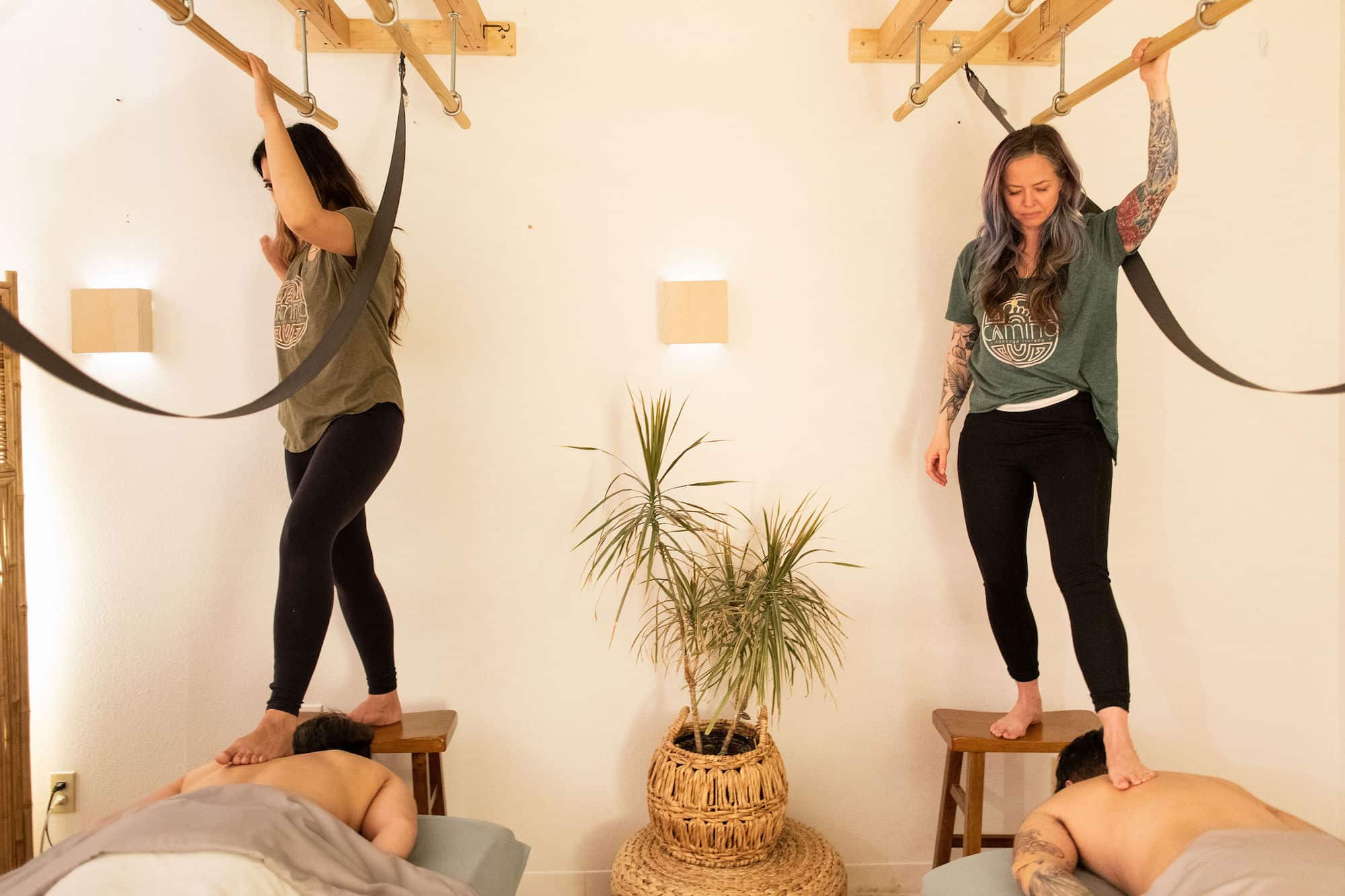Cold Plunge Therapy may sound like a fancy technique that you would pay for in a spa or otherwise, but believe it or not, this practice can be easily accomplished in the comfort of your own home. Home cold plunges can come in many forms: cold shower, ice barrel, cryotherapy, cold water tank, or jump in a cold river.
Immersing yourself in cold water has some distinct health benefits, as a growing number of health influencers, celebrities, athletes, and trainers will happily confirm. But is there sufficient science and support for this technique? What exactly are the benefits? And what’s the best and safest way to immerse yourself in cold water?
In this blog, we will provide more clarity around why you might consider Cold Plunge Therapy and how it can benefit your life on a regular basis.
What is Cold Plunge Therapy?
Cold Plunge therapy is the practice of using water that’s around 59°F (15°C) to treat health conditions or stimulate health benefits. It’s also known as cold hydrotherapy.
The practice has been around for hundreds of years, but has really gained more attention recently with individuals looking for quick ways to jump-start their health. Although it’s hard to say exactly where cold plunges started, Greek physician Hippocrates reportedly thought that they could help ease fatigue and they were recommended by doctors in the 1700s to treat things such as fever, according to research.
More recent adaptations include ice baths, brisk daily showers, outdoor swims, and cold water immersion therapy sessions.
What are the Benefits of Cold Plunge Therapy?
Due to its quick and drastic effect on a person’s feeling of wellbeing, cold plunge is one of the fastest growing wellness trends among young and old alike. Cold plunge therapy is often labeled as the ultimate recovery and revitalization environment for a number of reasons.
1. Lowers Muscle Pain
According to medical experts, the reason cold water helps with pain is that it causes your blood vessels to constrict. This reduces blood flow to the area which helps reduce swelling and inflammation. A 2016 study involving 20 participants showed that athletes who soaked in a pool of cold water reported less muscle soreness than those who had no hydrotherapy after exercising.
2. Prevents Overheating
Cold water immersion can help lower your body temperature much faster than just resting in a cool environment can. A 2015 meta-analysis of 19 studies concluded that contact with cold water cooled off overheated people twice as fast as recovery without a cold plunge. However, the key is to immerse as much of your skin as possible, which means dunking full body, not just running hands underwater.
3. Strengthens Immune System
The cold water causes your body to release chemicals known as cytokines, which help to boost the body’s ability to fight off harmful bacteria and viruses. Some studies have suggested that daily exposure to cold water could, over time, boost antitumor immunity.
4. Stabilized Blood Pressure
When practiced for at least four weeks, cold water plunges can help to regularly stabilize blood pressure. Cold water triggers the autonomic nervous system, which controls involuntary functions, such as heartbeat and breathing. The autonomic responses strengthen with each exposure. This stabilizes blood pressure, improves circulation and balances other bodily functions, such as the sleep and wake cycle.
5. Improves Your Mood
Did you know that cold water activates your sensory nerves that can become emotionally uplifting? When stimulated by the cold, the sympathetic nervous system releases hormones promoting the fight or flight response, which makes you feel alert and invigorated. In a study of whole body cold therapy on psychological factors, the cold therapy significantly was shown to improve mood and feelings of quality of life.
6. Improves Circulation
When you alter between hot and cold, it helps to improve the elasticity of your blood vessels. The more flexible your blood vessels, the better they’re able to regulate your blood pressure and maintain good heart health and circulation.
How to Fit Cold Plunge Therapy Into Your Wellness Routine?
If you’re interested in taking a cold plunge, there are a few tips worth keeping in mind. Before you even step into the icy waters, practice a few breathing exercises to calm your body and mind. By practicing breathing before the plunge, you’ll be able to quickly relax and continue breathing while you’re dealing with the initial shock of the cold.
Try and also find practical ways to implement cold plunges. Whether it be a shower, bath or jump in the river, find a space you can easily access and try to make it a regular occurrence to build long-term benefits.
For beginners, start small and work your way up. Start with 1-2 minutes and work your way up from there. It should be noted that cold plungers shouldn’t stay in the cold water too long as they don’t want to endanger their heart rate or hit dangerous levels of hypothermia (if water is icy). If you have heart issues, be sure to get approval from your doctor first since the cold water affects your blood pressure and circulation.
. . .
For those who have questions about Cold Plunge Therapy or would like to learn more about ways to relax and calm your mind, be sure to contact Camino Massage today! Or go ahead and book your cold plunge session today.


